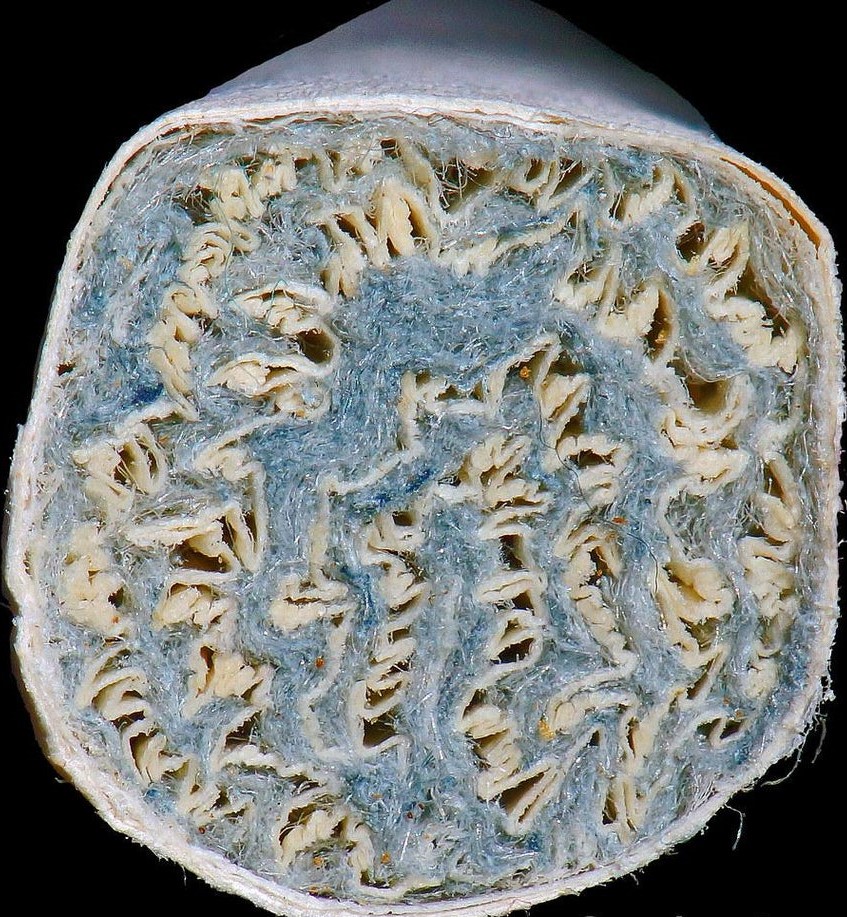
Asbestos Cigarette Filters: A Hazardous Legacy of Smoking
Posted

Asbestos Cigarette Filters
In the realm of smoking hazards, the presence of health warnings and shocking images on cigarette packaging serves as a stark reminder.
However, between 1952 and 1956, a particularly alarming risk lurked within Kent Micronite Cigarettes: asbestos-containing filters, specifically crocidolite asbestos, known as one of the most perilous forms of asbestos.
During its initial four years on the market, Lorillard, the producer of Kent cigarettes, reportedly sold around 13 billion units of this revolutionary product. Despite the novelty of being the first cigarette with a filter, the unsuspecting smokers were unaware of the dangerous asbestos lurking within.
Lorillard was convinced of the superior filtering capabilities of crocidolite asbestos, launching Kent Micronites with the bold slogan, “the greatest health protection in cigarette history.” However, this purported protection came with a hidden peril: exposure to asbestos with every puff, compounding the risks posed by tobacco tar carcinogens.
The repercussions were dire. Numerous lawsuits ensued, not only from smokers but also from former employees. A survey conducted among 33 ex-employees involved in producing Kent Micronites revealed a grim reality: 18 had succumbed to asbestos-related diseases, representing over 50% of the surveyed individuals.
In 1956, amidst mounting concerns and legal pressures, Lorillard discreetly transitioned from crocidolite asbestos to the more commonplace cellulose acetate for filter material. Fortunately, this marked the end of asbestos use in cigarette manufacturing.
Though a dark chapter in the history of smoking, the cessation of asbestos use in cigarettes serves as a pivotal moment, highlighting the imperative of prioritizing consumer safety over convenience and innovation.
FAQ:
Q: What were the health effects associated with smoking cigarettes containing asbestos filters?
A: Smoking cigarettes with asbestos filters posed significant health risks, as smokers were unknowingly exposed to asbestos fibers with every puff. Asbestos, particularly crocidolite asbestos, is a highly hazardous substance known to cause serious respiratory issues and increase the risk of developing lung cancer, mesothelioma, and other asbestos-related diseases.
Q: How did Lorillard justify the use of asbestos in cigarette filters, and what were the consequences of their decision?
A: Lorillard claimed that crocidolite asbestos provided superior filtering capabilities, touting Kent Micronite Cigarettes as offering “the greatest health protection in cigarette history.” However, this decision resulted in dire consequences as numerous lawsuits emerged, both from smokers and former employees. The use of asbestos in cigarette filters led to a significant number of individuals suffering from asbestos-related diseases, including lung cancer and mesothelioma.
Q: Are there any long-term implications or ongoing health concerns for individuals who smoked Kent Micronite Cigarettes during the period when they contained asbestos filters?
A: Yes, individuals who smoked Kent Micronite Cigarettes during the period when they contained asbestos filters may face long-term health implications. Asbestos exposure is known to have cumulative effects, meaning that even brief exposure can lead to health issues years or decades later. Therefore, those who smoked these cigarettes may be at an increased risk of developing asbestos-related diseases such as lung cancer and mesothelioma later in life. It’s essential for individuals with a history of smoking these cigarettes to monitor their health closely and consult with healthcare professionals if they experience any respiratory symptoms or concerns.
Further Reading




